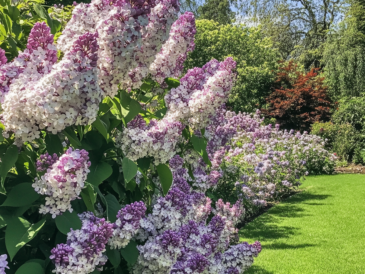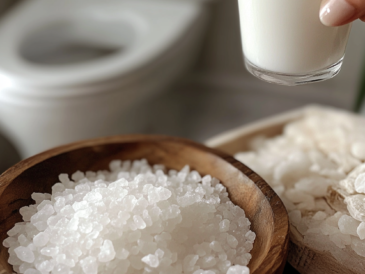6. Pruning for Health and Productivity
Regular pruning encourages vigorous growth and larger, tastier berries.
- When to Prune: Late winter or early spring while plants are still dormant.
- Pruning Steps:
- Remove Dead or Diseased Wood: Cut out any damaged or diseased branches at their base.
- Thin Out Old Canes: Remove the oldest canes (over 6 years old) to stimulate new growth.
- Shape the Plant: Trim to maintain an open center, allowing sunlight and air to penetrate the canopy.
- Tools: Use sharp, clean pruning shears to make clean cuts and prevent disease spread.
🌳 First 2 Years: Minimal pruning is needed. Focus on removing only dead or weak branches to help the plant establish itself.
7. Protecting Your Blueberries from Pests and Diseases
Keep your plants healthy by monitoring and addressing common issues promptly.
- Common Pests:
- Birds: Use bird netting or reflective tape to deter them from eating your berries.
- Insects: Watch for aphids, blueberry maggots, and spider mites. Control with insecticidal soaps or natural predators like ladybugs.
- Disease Prevention:
- Fungal Diseases: Ensure good air circulation and avoid overhead watering to prevent issues like powdery mildew.
- Proper Sanitation: Remove fallen leaves and debris around plants to reduce disease harboring sites.
- Resistant Varieties: Plant disease-resistant cultivars when possible.
🛡️ Organic Solutions: Neem oil and copper-based fungicides can effectively control many pests and diseases without harmful chemicals.
8. Harvesting Your Delicious Blueberries
Enjoy the fruits of your labor by harvesting at the right time and handling berries properly.
- When to Harvest:
- Ripeness Indicators: Berries turn a deep, uniform blue and easily detach from the cluster with a gentle tug.
- Harvest Season: Varies by variety and location but generally spans from late spring to late summer.
- How to Harvest:
- Frequency: Pick ripe berries every 3-5 days during the harvest period.
- Technique: Gently roll berries between your fingers; ripe ones will fall off easily without tugging.
- Post-Harvest Handling:
- Storage: Store unwashed berries in the refrigerator for up to two weeks.
- Freezing: Spread berries in a single layer on a baking sheet and freeze. Once frozen, transfer to airtight containers for long-term storage.
🍰 Enjoying Your Harvest: Use your fresh blueberries in smoothies, baked goods, jams, or enjoy them straight from the bush for a sweet, healthy treat!
9. Preparing for Next Season
Ensure continued success by taking steps to prepare your plants for future harvests.
- Fall Care:
- Soil Maintenance: Add a layer of mulch before winter to protect roots from freezing temperatures.
- Watering: Provide adequate moisture before the ground freezes to help plants withstand winter stress.
- Winter Protection:
- Cold Climates: Consider covering plants with burlap or frost cloth during extreme cold snaps.
- Pest Control: Clean up plant debris to minimize overwintering sites for pests and diseases.
🌱 Looking Ahead: Plan to add new varieties or expand your blueberry patch to increase yields and enjoy even more delicious berries next year!
With these detailed steps, you’re well on your way to growing abundant, juicy blueberries right in your own backyard, regardless of where you live. Happy gardening, and enjoy your delicious homegrown blueberries! 🫐🌿




